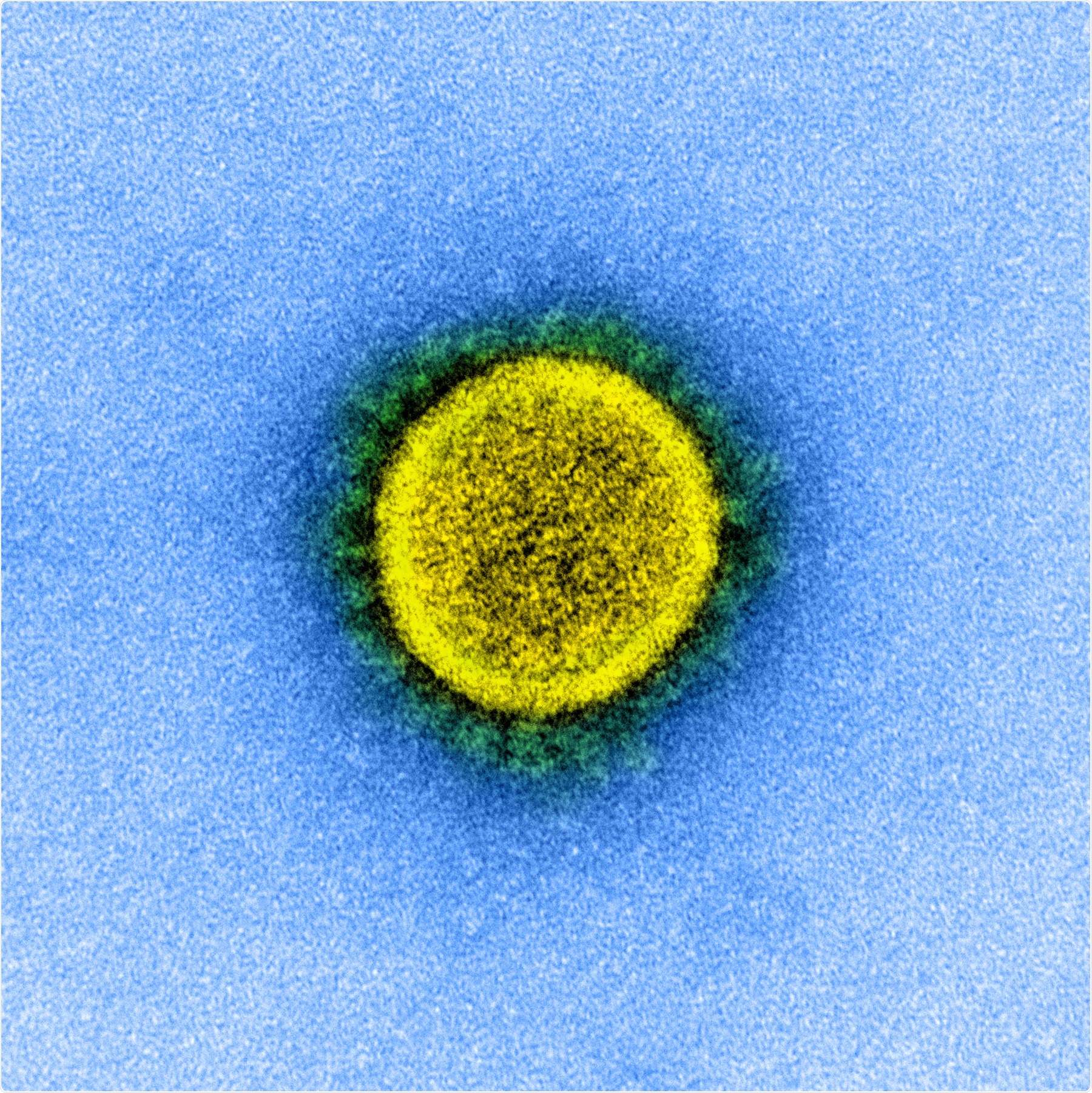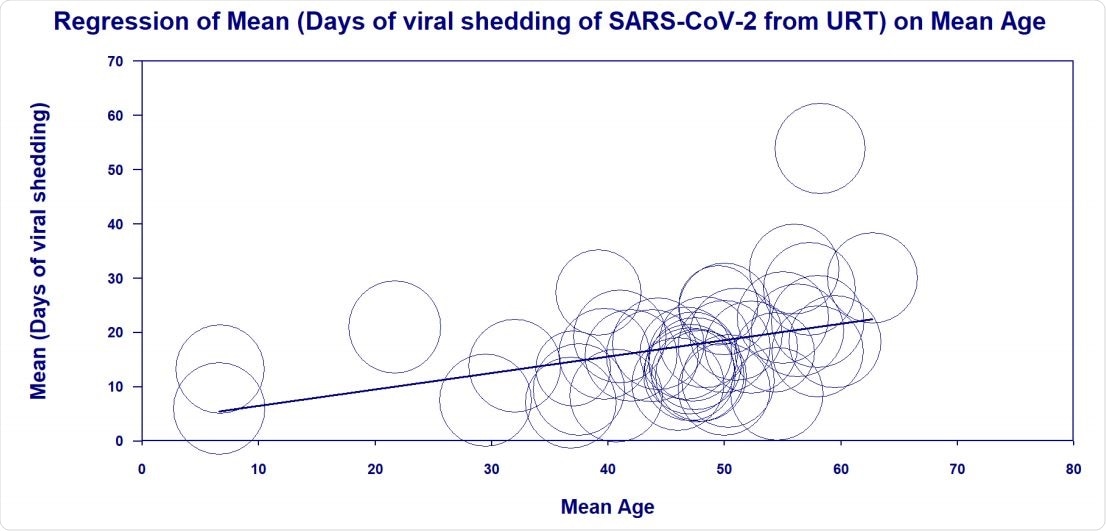A study conducted by researchers in the UK and Italy suggests that individuals with severe acute respiratory syndrome coronavirus 2 (SARS-CoV-2) are probably at their most infectious during the first week of illness.
The systematic review and meta-analysis of data available on the viral dynamics of SARS-CoV-2 found that although viral shedding may be prolonged among infected individuals, any live virus tended to be cleared from the respiratory tract within a week of symptom onset.
No studies reported the isolation of live virus after nine days since symptom onset, even though patients still had high viral RNA loads. This finding suggests that the duration of viral RNA detection cannot be used to infer how long a person is infectious for, say Muge Cevik (University of St Andrews), and colleagues.
The team says the findings highlight the importance of identifying cases of infection early and beginning isolation practices as soon as symptoms start, even when symptoms are mild.
A pre-print version of the paper is available on the server medRxiv*, while the article undergoes peer review.

Novel Coronavirus SARS-CoV-2 Transmission electron micrograph of a SARS-CoV-2 virus particle, isolated from a patient. Image captured and color-enhanced at the NIAID Integrated Research Facility (IRF) in Fort Detrick, Maryland. Credit: NIAID

 This news article was a review of a preliminary scientific report that had not undergone peer-review at the time of publication. Since its initial publication, the scientific report has now been peer reviewed and accepted for publication in a Scientific Journal. Links to the preliminary and peer-reviewed reports are available in the Sources section at the bottom of this article. View Sources
This news article was a review of a preliminary scientific report that had not undergone peer-review at the time of publication. Since its initial publication, the scientific report has now been peer reviewed and accepted for publication in a Scientific Journal. Links to the preliminary and peer-reviewed reports are available in the Sources section at the bottom of this article. View Sources
The importance of understanding SARS-CoV-2 viral dynamics
Understanding viral dynamics, the duration of viral RNA shedding, and viable virus isolation are essential to understanding disease transmission, determining the duration of infectiousness, and informing the effectiveness of control measures.
“While a number of studies have evaluated SARS-CoV-2 shedding, viral load dynamics and duration of viral shedding reported across studies so far have been heterogeneous,” said Muge Cevik and colleagues.
Now, the team has conducted a study aiming to characterize viral load dynamics, the duration of viral RNA, and the shedding of viable SARS-CoV-2 in different types of samples, including those taken from the upper respiratory tract (URT), lower respiratory tract (LRT), and stool and semen samples. The researchers also compared the viral dynamics of SARS-CoV-2 with those of SARS-CoV-1 and Middle East respiratory syndrome coronavirus (MERS-CoV).
What did the study find?
After searching Medline, EMBASE, Europe PMC, the pre-print servers MedRxiv and BioRxiv and grey literature, the team identified 79 studies on SARS-CoV-2, eight on SARS-CoV-1 and 11 on MERS-CoV that met eligibility criteria.
For SARS-CoV-2, the mean viral RNA shedding duration was 17.0 days in the URT; 14.6 days in the LRT, 17.2 days in stool, and 16.6 days in serum. The corresponding maximum shedding durations were 83, 59, 35, and 60 days.

Meta-regression bubble plot of the impact of age on mean SARS-CoV-2 shedding from the upper respiratory tract
Most studies assessing SARS-CoV-2 viral load in URT sample series showed that loads peaked within one week of symptom onset, before then consistently declining. By contrast, SARS-CoV-1 viral loads peaked in URT samples between days 10 and 14 of illness, and MERS-CoV viral loads peaked at days 7 to 10 of illness.
“Patients with SARS-CoV-2 infection are likely to be most infectious in the first week of illness,” write Cevik and team. “Several studies report viral load peaks during the prodromal phase of illness or at the time of symptom onset, providing a rationale for the efficient spread of SARS-CoV-2.”
Five studies assessing SARS-CoV-2 viral loads in LRT samples showed peaks in the second week of illness, while viral loads in stool were more inconsistent, ranging from reported peaks on day 7 and up to six weeks after symptoms began.
None of the studies managed to isolate live virus
Of all studies that attempted to isolate the live virus in respiratory samples, none could do so beyond day nine of symptom onset, even when viral loads remained high. The median time to clearance of the live virus was 3.5 days in URT samples and 6 days in LRT samples.
“No live virus isolated beyond day nine of symptoms despite persistently high viral RNA loads, thus emphasizing that the infectious period cannot be inferred from the duration of viral RNA detection,” said Cevik and colleagues. “Although SARS-CoV-2 RNA shedding can be prolonged in respiratory and stool samples, the duration of a viable virus is short-lived.”
The team says that this review, which is the first study to analyze SARS-CoV-2 viral dynamics and viral shedding duration comprehensively, highlights the importance of detecting and isolating early cases and educating the public about the spectrum of illness.
“However, given potential delays in the isolation of patients, effective containment of SARS-CoV-2 may be challenging even with an early detection and isolation strategy,” conclude the researchers.

 This news article was a review of a preliminary scientific report that had not undergone peer-review at the time of publication. Since its initial publication, the scientific report has now been peer reviewed and accepted for publication in a Scientific Journal. Links to the preliminary and peer-reviewed reports are available in the Sources section at the bottom of this article. View Sources
This news article was a review of a preliminary scientific report that had not undergone peer-review at the time of publication. Since its initial publication, the scientific report has now been peer reviewed and accepted for publication in a Scientific Journal. Links to the preliminary and peer-reviewed reports are available in the Sources section at the bottom of this article. View Sources
Journal references:
- Preliminary scientific report.
Ho A, et al. SARS-CoV-2 viral load dynamics, duration of viral shedding and infectiousness: a living systematic review and meta-analysis. medRxiv 2020. doi: https://doi.org/10.1101/2020.07.25.20162107
- Peer reviewed and published scientific report.
Cevik, Muge, Matthew Tate, Ollie Lloyd, Alberto Enrico Maraolo, Jenna Schafers, and Antonia Ho. 2020. “SARS-CoV-2, SARS-CoV, and MERS-CoV Viral Load Dynamics, Duration of Viral Shedding, and Infectiousness: A Systematic Review and Meta-Analysis.” The Lancet Microbe, November. https://doi.org/10.1016/s2666-5247(20)30172-5. https://www.thelancet.com/journals/lanmic/article/PIIS2666-5247(20)30172-5/fulltext.
Article Revisions
- Mar 24 2023 - The preprint preliminary research paper that this article was based upon was accepted for publication in a peer-reviewed Scientific Journal. This article was edited accordingly to include a link to the final peer-reviewed paper, now shown in the sources section.